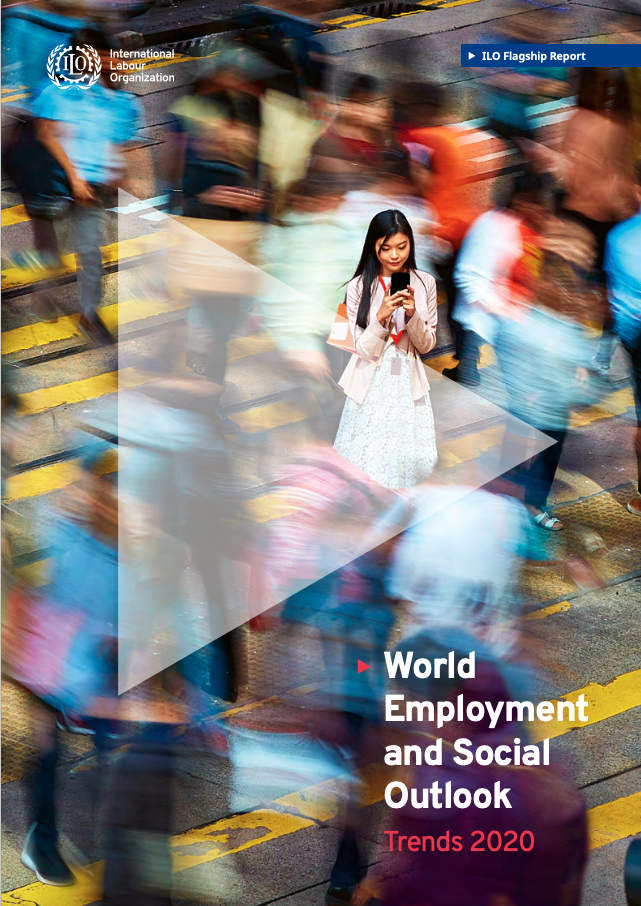
WORLD EMPLOYMENT TRENDS - 2020
There is a growing perception that labour markets are not adequately distributing the fruits of economic growth, and that the resulting inequality poses a threat to social cohesion. Evaluating these phenomena requires a rigorous assessment of economic and social trends shaping the world of work. …
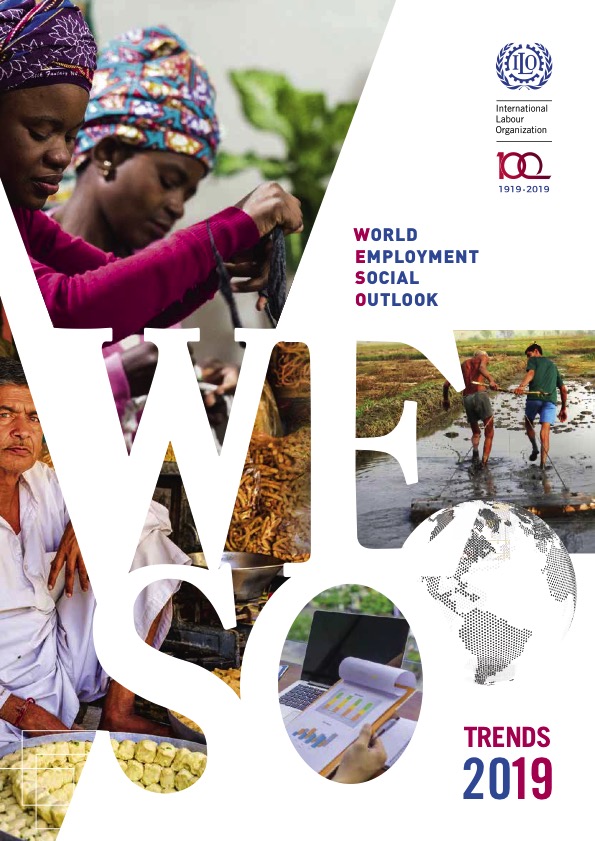
WORLD EMPLOYMENT TRENDS - 2019
This report assesses the impact of both new and long-standing challenges on global labour market trends. Its analysis should also be useful in considering the recommendations in the Report of the Global Commission on the Future of Work (ILO, 2019) and its call for a new focus on the changing nature of employment and its place in economy and society, as part of a “human-centred agenda for the future of work” …
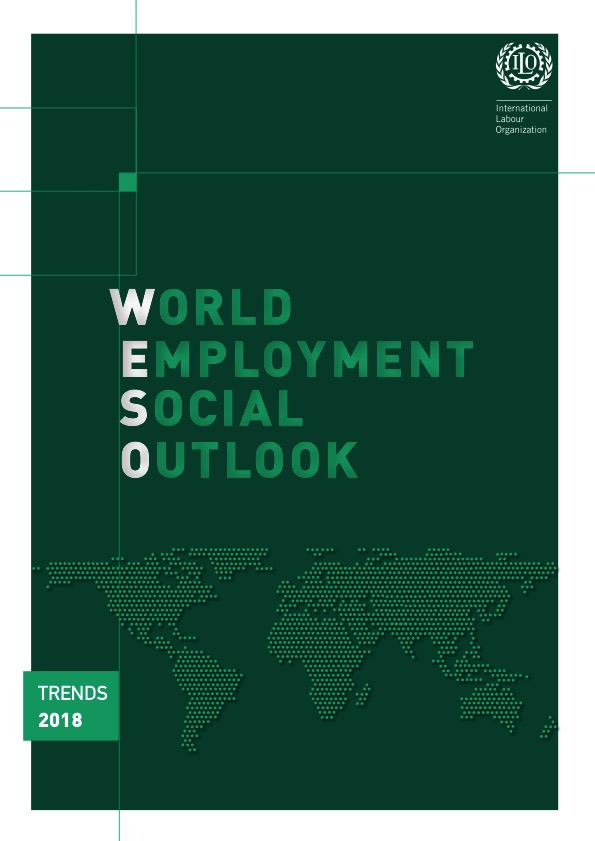
WORLD EMPLOYMENT TRENDS - 2018
Global unemployment remains elevated at more than 190 million. The latest developments in global unemployment are also mixed. According to the ILO’s new estimation, based on improved data sets and methodologies, the global unemployment rate is expected to fall slightly to 5.5 per cent in 2018 (from 5.6 per cent in 2017), marking a turnaround after three years of rising unemployment rates …
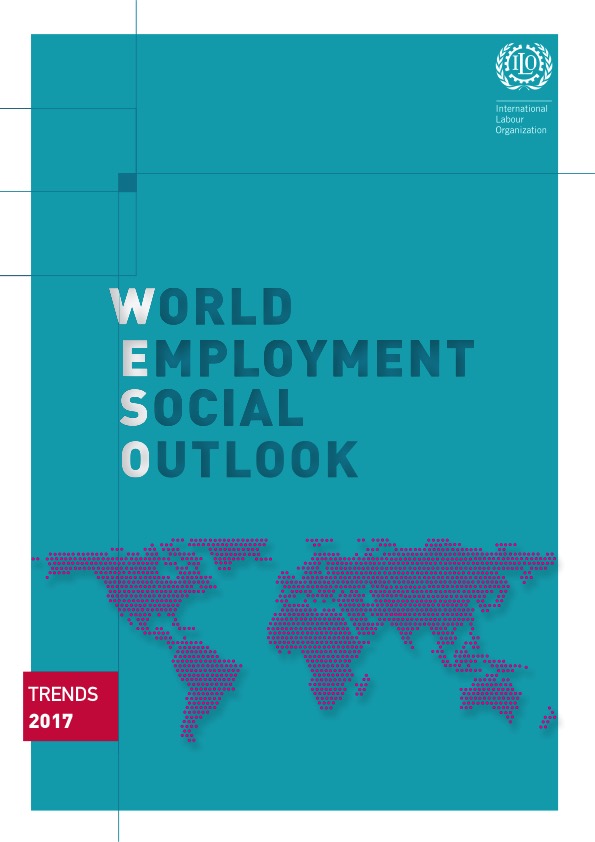
WORLD EMPLOYMENT TRENDS - 2017
First, global unemployment is expected to rise by 3.4 million in 2017 Global unemployment levels and rates are expected to remain high in the short term, as the global labour force continues to grow. In particular, the global unemployment rate is expected to rise modestly in 2017, to 5.8 per cent (from 5.7 per cent in 2016) – representing 3.4 million more unemployed people globally (bringing total …
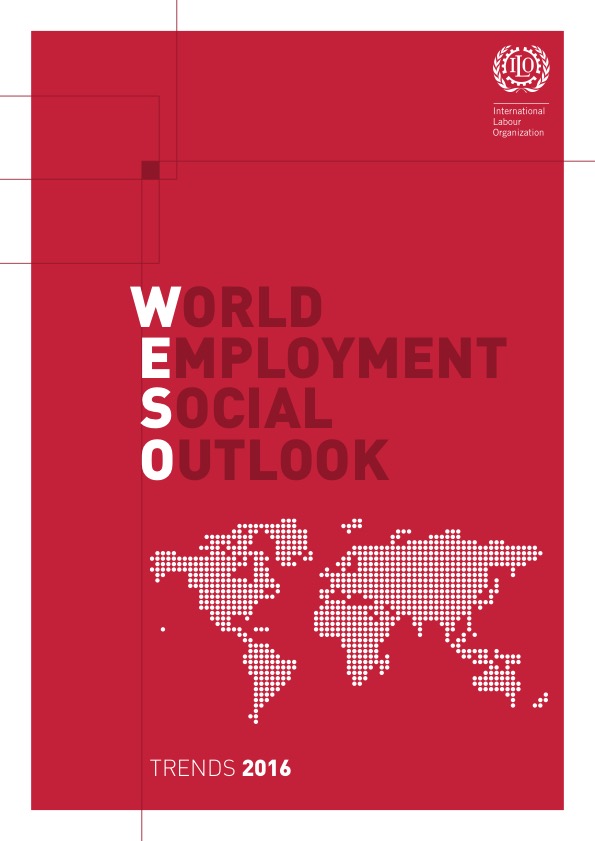
WORLD EMPLOYMENT TRENDS - 2016
The global economy is showing new signs of weakness pushing unemployment to over 197 million in 2015. The economic weakening has caused a further increase in global unemployment. In 2015, the number of unemployed people reached 197.1 million – approaching 1 million more than in the previous year and over 27 million higher than pre-crisis levels. This increase in the number of jobseekers in …
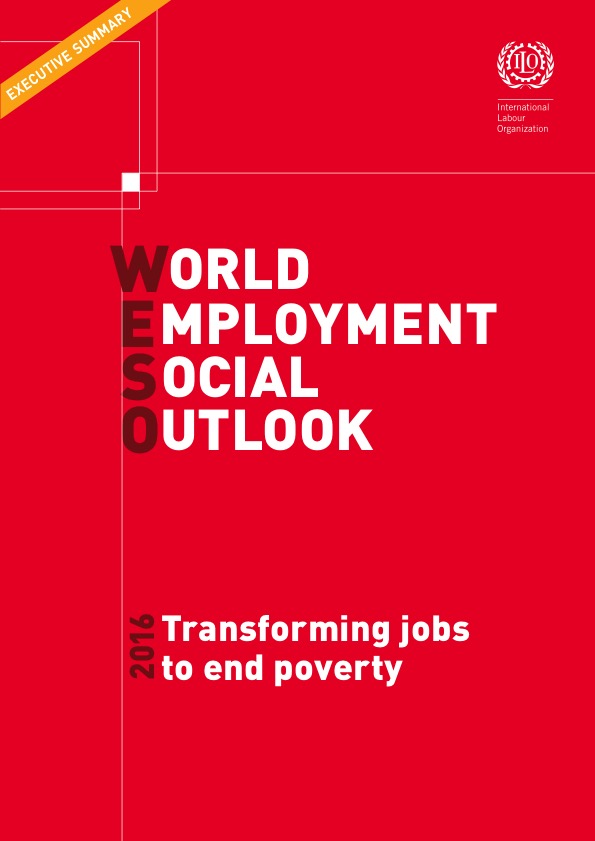
TRANSFORMING JOBS TO END POVERTY
While improvements have been significant in a number of countries, notably China and much of Latin America, the incidence of poverty remains stubbornly high in Africa and parts of Asia. Moreover, in developed countries, an increase in poverty has been recorded, especially in Europe. It is estimated that, in 2012, over 300 million people in developed countries were living in poverty (defined in relative terms … …
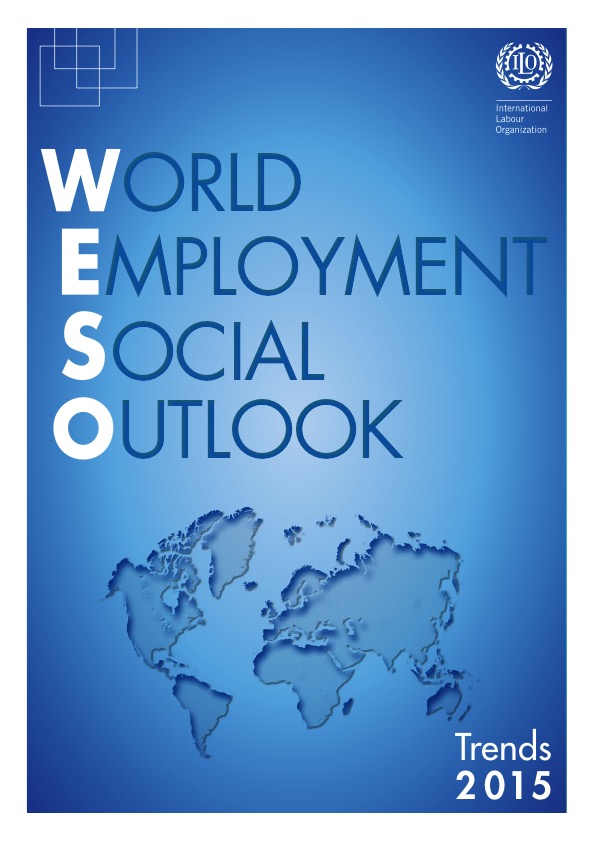
WORLD EMPLOYMENT TRENDS - 2015
The global employment gap caused by the crisis continues to widen. This report finds that the global employment outlook will deteriorate in the coming five years. Over 201 million people were unemployed in 2014 around the world, over 31 million more than before the start of the global crisis. And, global unemployment is expected to increase by 3 million in 2015 and by a further 8 million in the following …
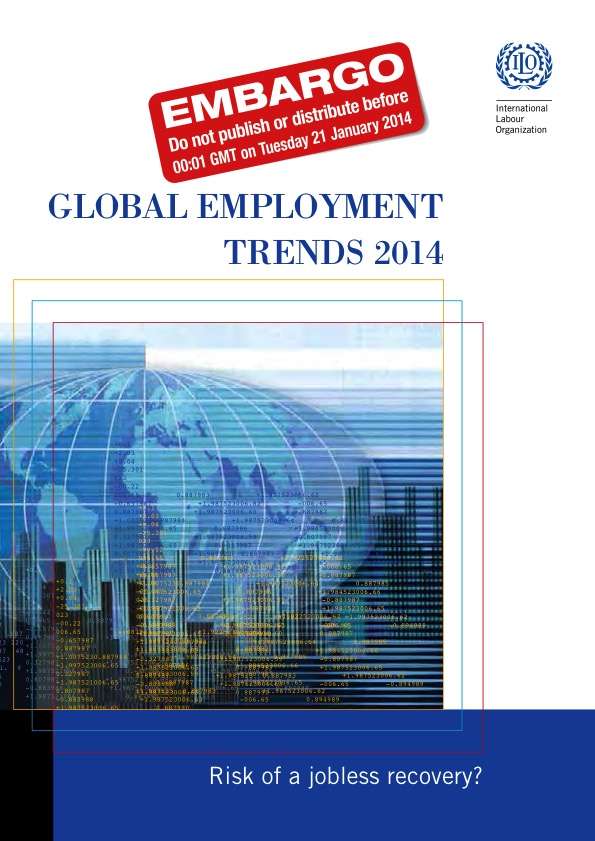
WORLD EMPLOYMENT TRENDS - 2014
Global unemployment increased by 5 million people in 2013… The uneven economic recovery and successive downward revisions in economic growth pro- jections have had an impact on the global employment situation. Almost 202 million people were unemployed in 2013 around the world, an increase of almost 5 million compared with the year before. This reflects the fact that employment is not …
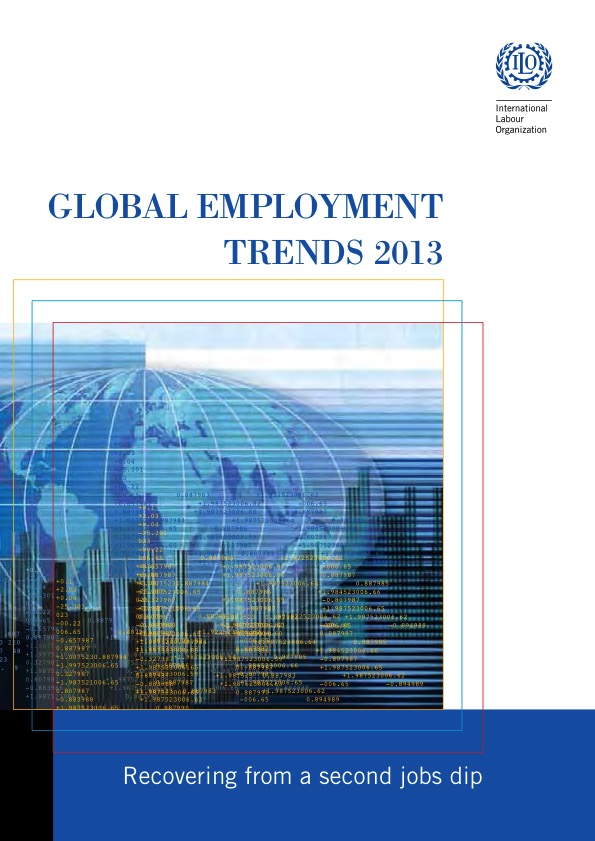
WORLD EMPLOYMENT TRENDS - 2013
In the fifth year after the outbreak of the global financial crisis, global growth has decelerated and unemployment has started to increase again, leaving an accumulated total of some 197 million people without a job in 2012. Moreover, some 39 million people have dropped out of the labour market as job prospects proved unattainable, opening a 67 million global jobs gap since 2007. Despite a moderate pick-up …
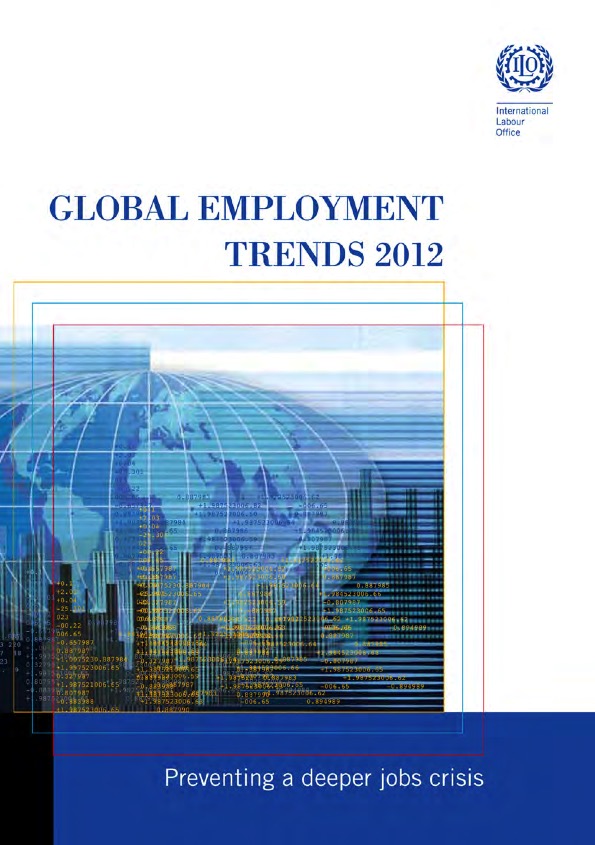
WORLD EMPLOYMENT TRENDS - 2012
In the fifth year after the outbreak of the global financial crisis, global growth has decelerated and unemployment has started to increase again, leaving an accumulated total of some 197 million people without a job in 2012. Moreover, some 39 million people have dropped out of the labour market as job prospects proved unattainable, opening a 67 million global jobs gap since 2007. Despite a moderate pick-up …
